Hyundai Ioniq Plug-in: test and plug-in hybrid Ioniq prices
Hyundai already has in its range with the third member of the family Ioniq. After the release of the electric (EV) and hybrid (HEV) the plug-in hybrid model (PHEV), the Plug-in comes.
Very fluid and aerodynamic shapes, the skin of the new Hyundai Ioniq Plug-in It’s like version Hybrid not plug. This means that the soft body forms more resources as side curtains, the rear spoiler or air vents active cause a Cx very low, 0.24. Its 4.47 m long place it halfway between the Hyundai i30 and i40, but that aerodynamics vertical dimension determines the habitability of the rear seats: It is the price to pay for such a sloping ceiling on the back stretch.
In its propulsion system Ioniq Hyundai Plug-in 1.6 GDI engine combines, a four-cylinder gasoline direct injection and working with Atkinson cycle to improve thermodynamic efficiency -has a shorter compression-stroke, with a more powerful electric motor that Hyundai Hybrid Ioniq Y one lithium ions and more capable, also larger. In fact, its greatest volume requires taking with it part of the base of the trunk, which loses altitude and with it, capacity. By brand, about 100 liters are lost in relation to non-plug-in hybrid version: the PHEV this trunk offers a volume with official data, 446 liters. It is almost the capacity of the electric version, in this case 450 liters.

However, despite the disparity in power delivery between the two electric motors, the combined values of both motors are identical in the two versions: 141 hp and 27 mkg. At Hyundai we explain this curious resemblance to “the pursuit of battery optimization.”
Hyundai Ioniq Plug-in, performance and consumption
Even with the weight difference between the two hybrids Hyundai Ioniq with 125 kg more in the version that now adds to the range, the brand announces reduction few tenths in acceleration from 0 to 100 km / h: Compared with 10.8 and 11, 1 s that achieve the HEV, PHEV new achieved in the same measurement, 10.6 s.
Another striking discrepancy, by anecdotal, the tip speed causes, as models for two identical body and power even developments change, Hyundai provides different maximum: 185 km / h for the hybrid and 178 km / h for the plug-in hybrid.
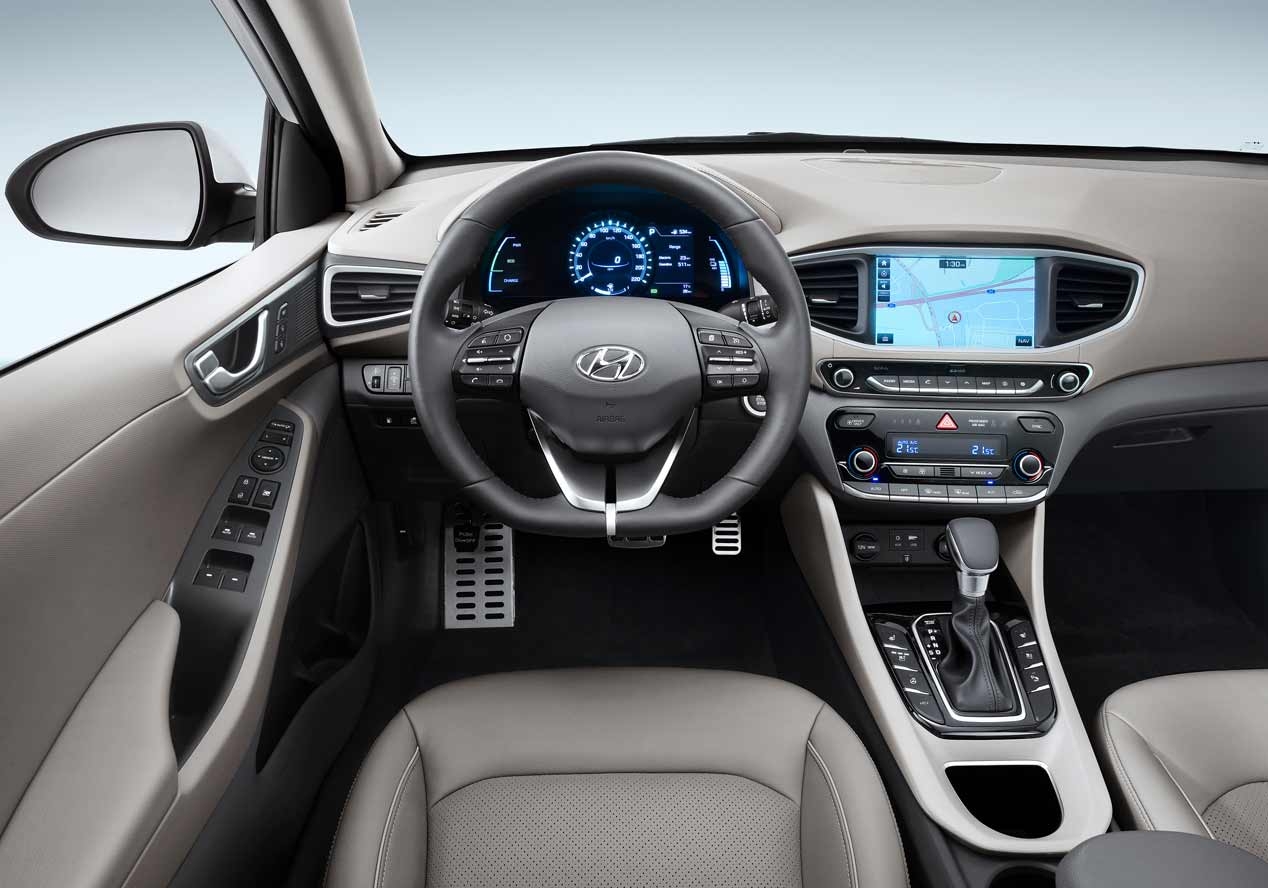
Even in this latest version it has a labeled EV / HEV by the change button, which does not have its hybrid brother, which converts this electric-only version… provided there is no high speed or rapid acceleration is required. In that case the petrol engine wakes to support their energy to 60.5 hp electric.
Hyundai Ioniq Plug-in, 63 km of electric range
In an electric line, Hyundai It has approved 63 km range with energy refueled exclusively through the plug which stands at the left front flap Ioniq, the only visible difference with specific rims 16 “hybrid non-plug has well with 15 or 17”, but never 16 exclusively by a marketing decision.
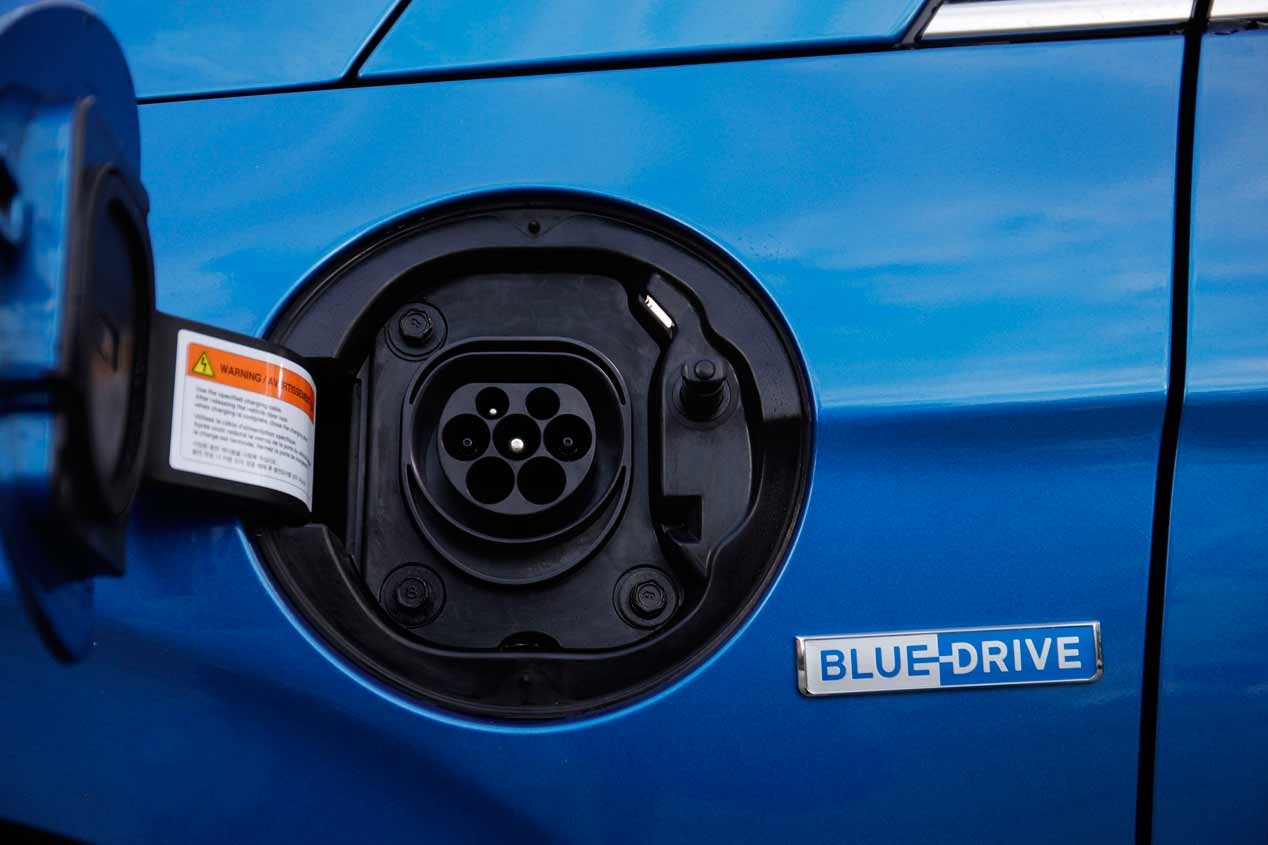
As in the hybrid version only, or the Niro Kia, which uses the same system platform and propulsión-, this plug-in hybrid version employs a automatic double clutch. Constructively is similar to using models with combustion engines exclusively as, for example, the Hyundai i30, Hyundai although these Ioniq only they have six gears. Hyundai experts tell us that the original seven “were necessary” in these versions.
It has a sports mode where what is perceived is an attempt to bring the regime -the gasoline engine instrumentation, based on a TFT LCD screen varies the energy is driving the car with a speedometer or tachometer in central-position, but neither available power and the chassis support such a line, as if it could be done in a Volkswagen Golf GTE, much as it is much heavier: 1,615 kg officers, compared with 1,495 from Hyundai.
 Hyundai Ioniq Plug-in prices and equipment
Hyundai Ioniq Plug-in prices and equipment
Regarding this Volkswagen Golf GTE -of which there are also plug-in hybrid and electric versions with the recent facelift-, the price of Hyundai Ioniq Plug-in is considerably less than 35,000 euros for the version with Tecno finish and 38,000 euros for the Style before considering the discounts offered by the brand and can reach 4,200 euros taking into account the promotion, financing and delivery of another vehicle. Counting them, the prices remain at 30,800 and 33,800 euros, significantly more expensive than the Hyundai Ioniq pose Hybrid, with 22,800 and 25,800 euros for equivalent levels of equipment.
In either case, could still be considered subsidies purchase offers he plan Movea, in which case prices Ioniq Hyundai Plug-in would be at 26,400 and 29,400 euros.
He level with which the range of this start plug occurs which is the intermediate step of Hyundai Ioniq Hybrid and EV, Techno. Here there is already standard with seven airbags, speed control cruise, warning inadvertent lane change, rear parking sensors, automatic light switching, browser, climate control, reversing camera, access and keyless start and headlights -in full led hybrid plug are not xenón-. The step Style level sensor means having the vehicle in the blind spot and rear alert traffic, sunroof, ventilated front seats and heated -these, as the steering wheel or rear parking sensors.


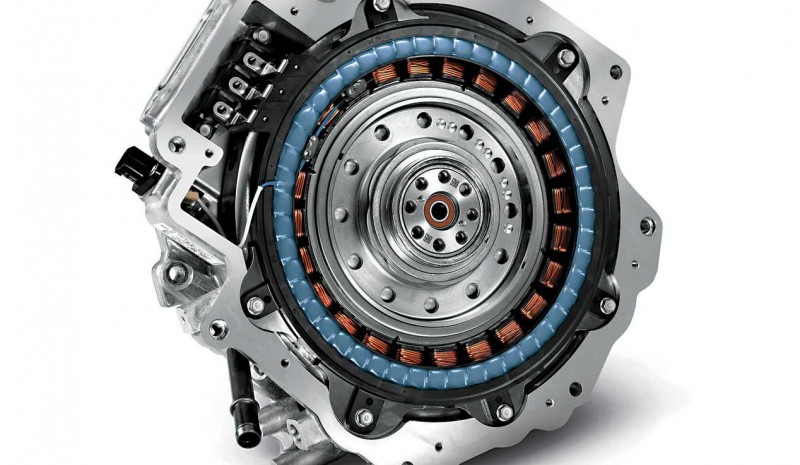
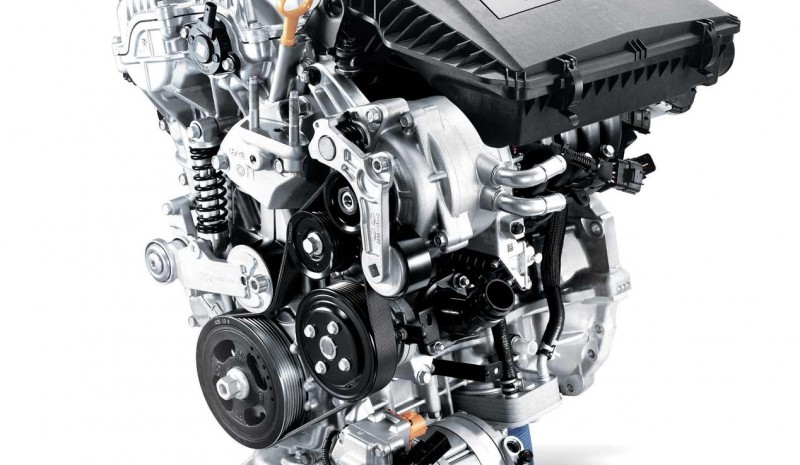
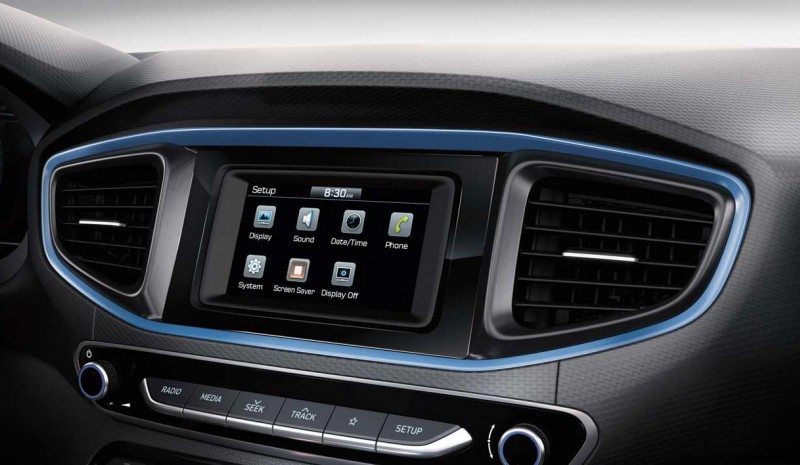
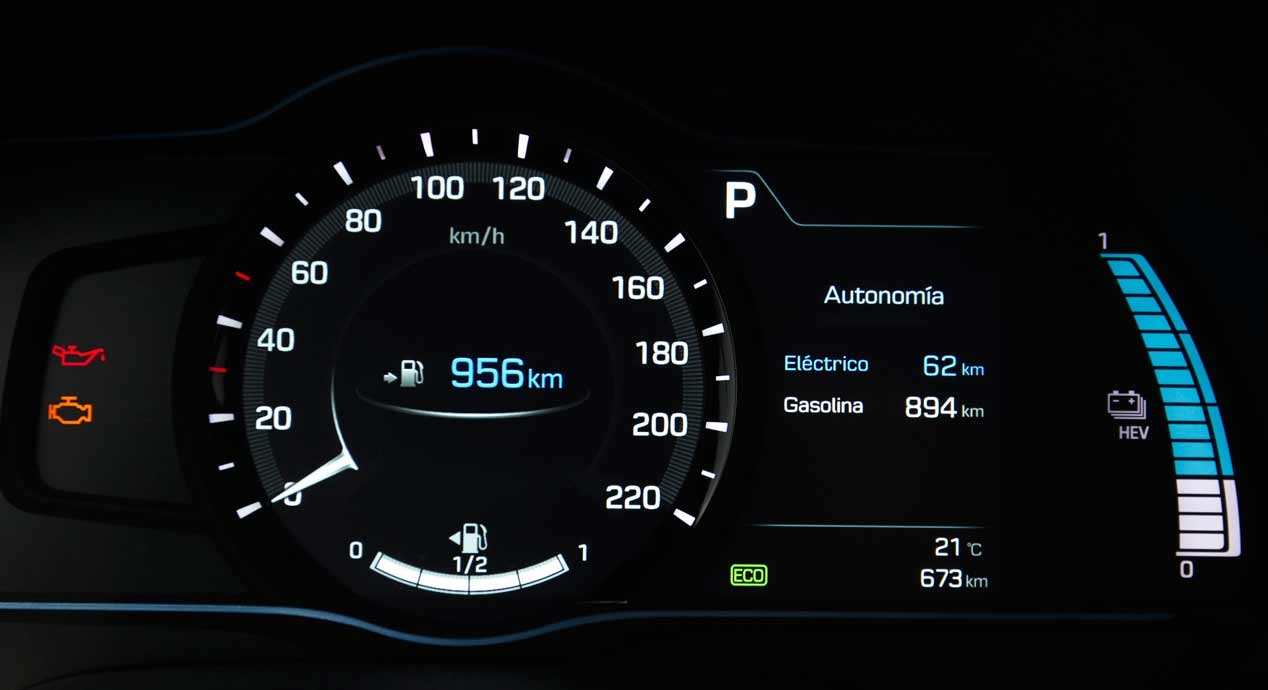 Hyundai Ioniq Plug-in prices and equipment
Hyundai Ioniq Plug-in prices and equipment